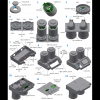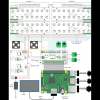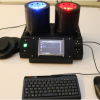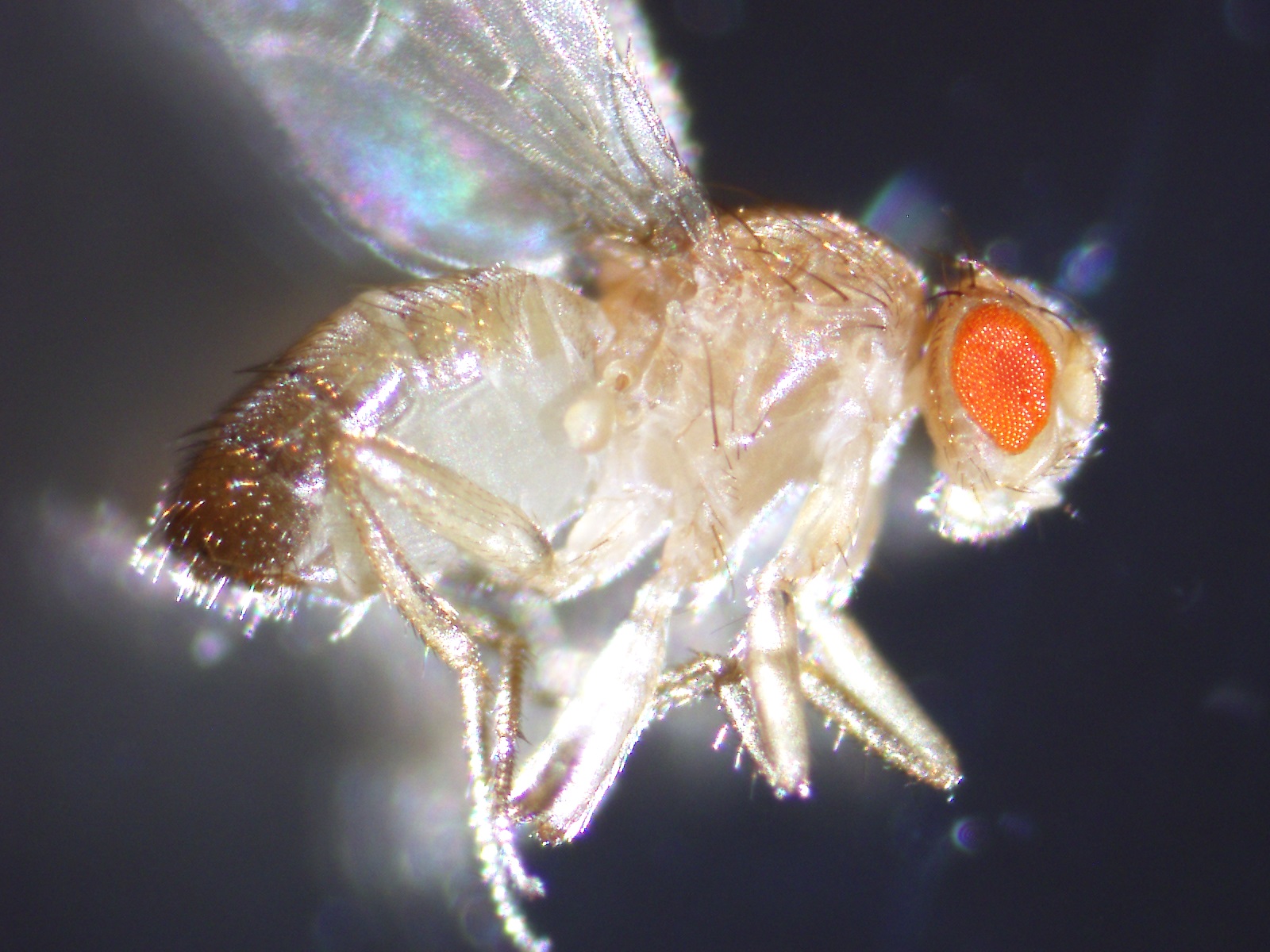Description
The following files are provided in this publication:
1) bill_of_materials.osd: is a spreadsheet listing the parts required to build the stimulator and where to buy them from.
2) DXF.zip: contains the .DXF files required to laser cut the acrylic parts needed to build the stimulator's enclosure.
3) LED_board.zip: contains the Gerber files needed to fabricate the LED printed circuit board.
4) Pi2GPIO_board.zip: contains the Gerber files needed to fabricate the Pi2GPIO printed circuit board.
5) regulator_board.zip: contains the Gerber files needed to fabricate the regulator printed circuit board.
6) STL.zip: contains the .STL files required to 3D print the parts needed to build the stimulator's enclosure.
A programmable optical stimulator for Drosophila eyes is presented. The target application of the stimulator is to induce retinal degeneration in fly photoreceptor cells by exposing them to light in a controlled manner. The goal of this work is to obtain a reproducible system for studying age-related changes in susceptibility to environmental ocular stress. The stimulator uses light emitting diodes and an embedded computer to control illuminance, color (blue or red) and duration in two independent chambers. Further, the stimulator is equipped with per-chamber light and temperature sensors and a fan to monitor light intensity and to control temperature. An ON/OFF temperature control implemented on the embedded computer keeps the temperature from reaching levels that will induce the heat shock stress response in the flies. A custom enclosure was fabricated to house the electronic components of the stimulator. The enclosure provides a light-impermeable environment that allows air flow and lets users easily load and unload fly vials. Characterization results show that the fabricated stimulator can produce light at illuminances ranging from 0 to 16000 lux and power density levels from 0 to 7.2 mW/cm2 for blue light. For red light the maximum illuminance is 8000 lux which corresponds to a power density of 3.54 mW/cm2. The fans and the ON/OFF temperature control are able to keep the temperature inside the chambers below 28.17 C. Experiments with white-eye male flies were performed to assess the ability of the fabricated simulator to induce blue light-dependent retinal degeneration. Retinal degeneration is observed in flies exposed to 8 hours of blue light at 7949 lux. Flies in a control experiment with no light exposure show no retinal degeneration. Flies exposed to red light for the similar duration and light intensity (8 hours and 7994 lux) do not show retinal degeneration either. Hence, the fabricated stimulator can be used to create environmental ocular stress using blue light.
This publication is part of the series Drosophila Optical Stimulator.
Cite this work
Researchers should cite this work as follows:
- Chen, X.; Leon-Salas, W. D.; Zigon, T. J.; Ready, D. F.; Weake, V. M. (2017). Drosophila Optical Stimulator - hardware files. Purdue University Research Repository. doi:10.4231/R75T3HHJ
Tags
Notes
version 1
The Weake lab
This publication belongs to the The Weake lab group.



